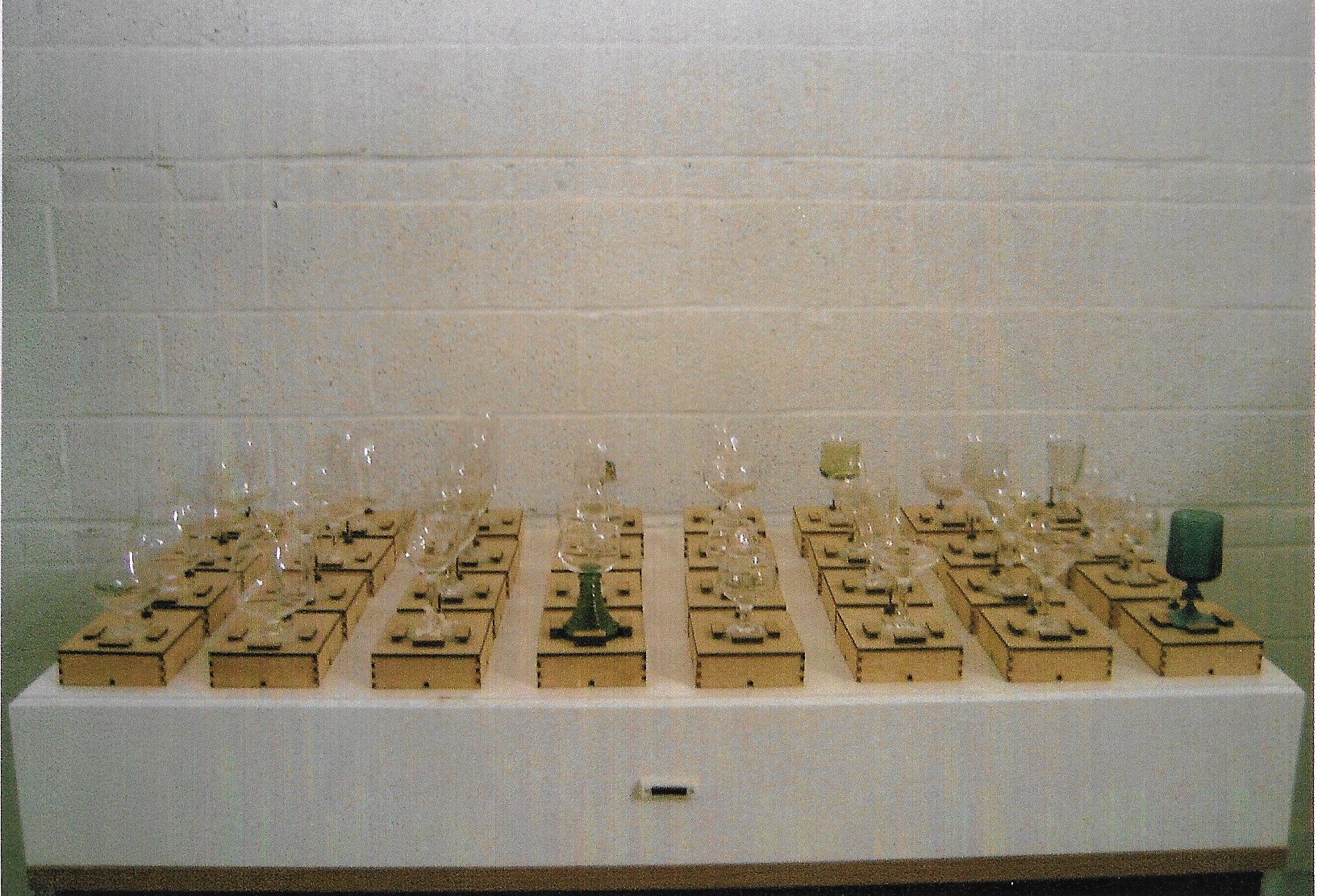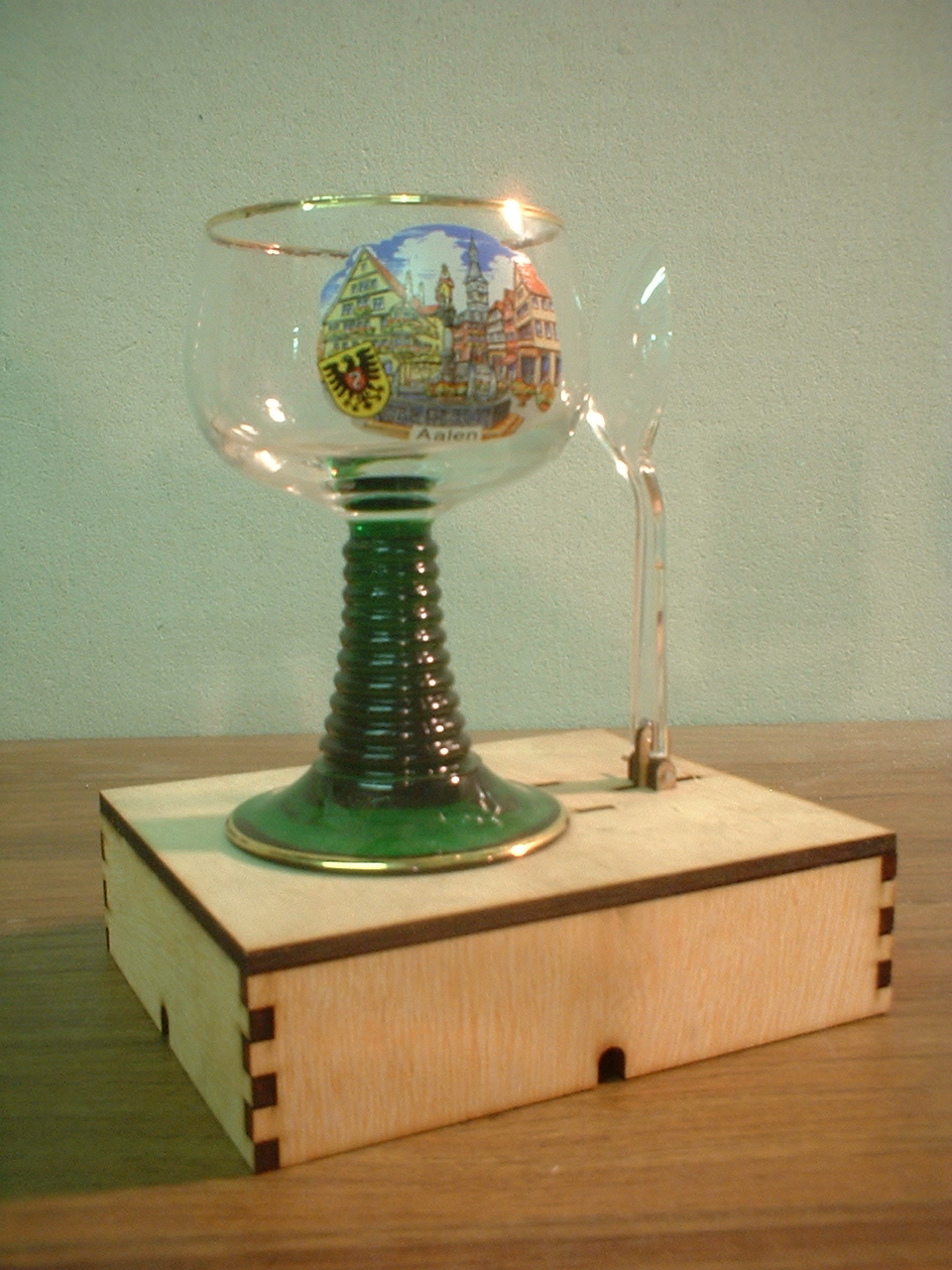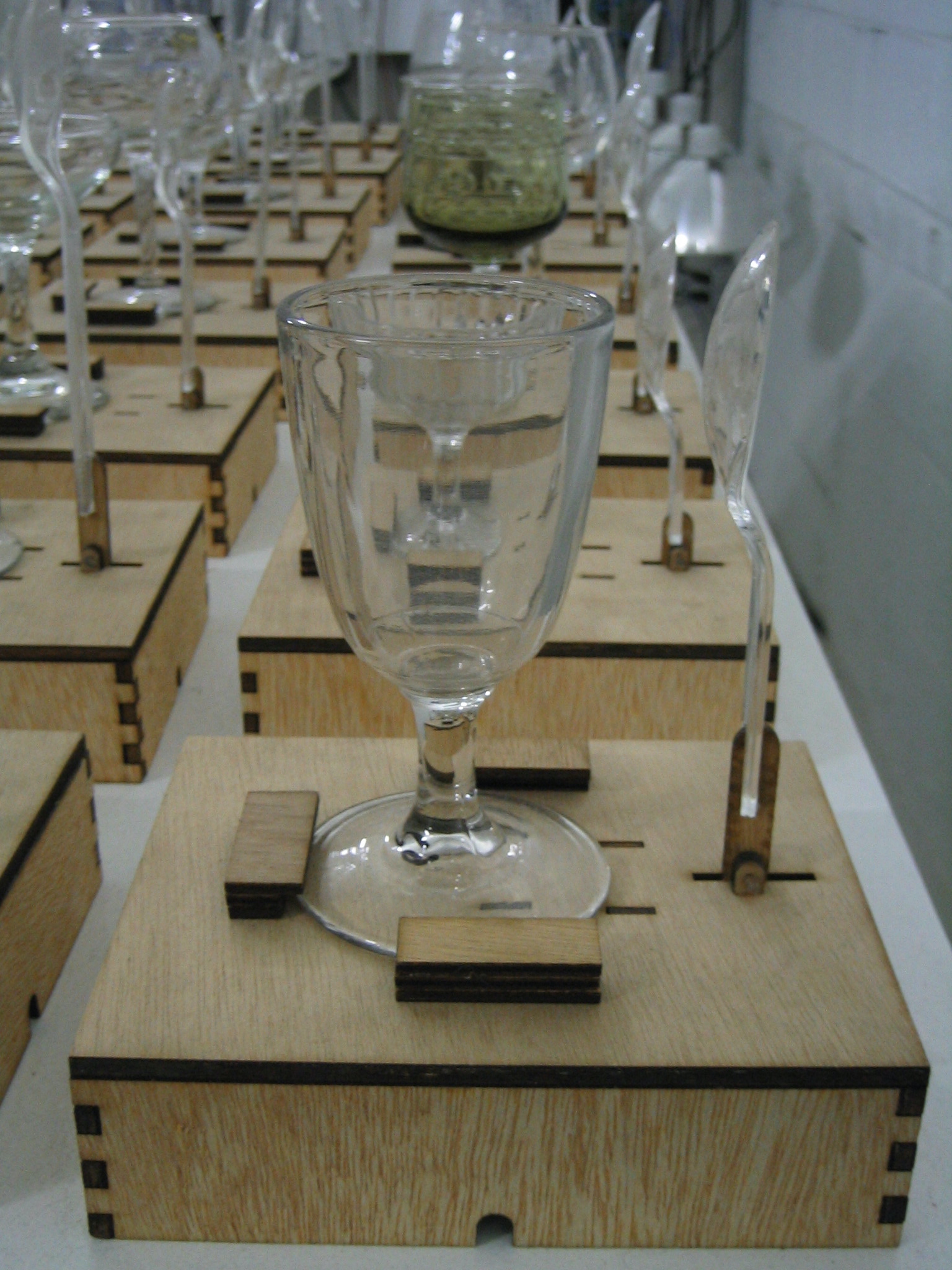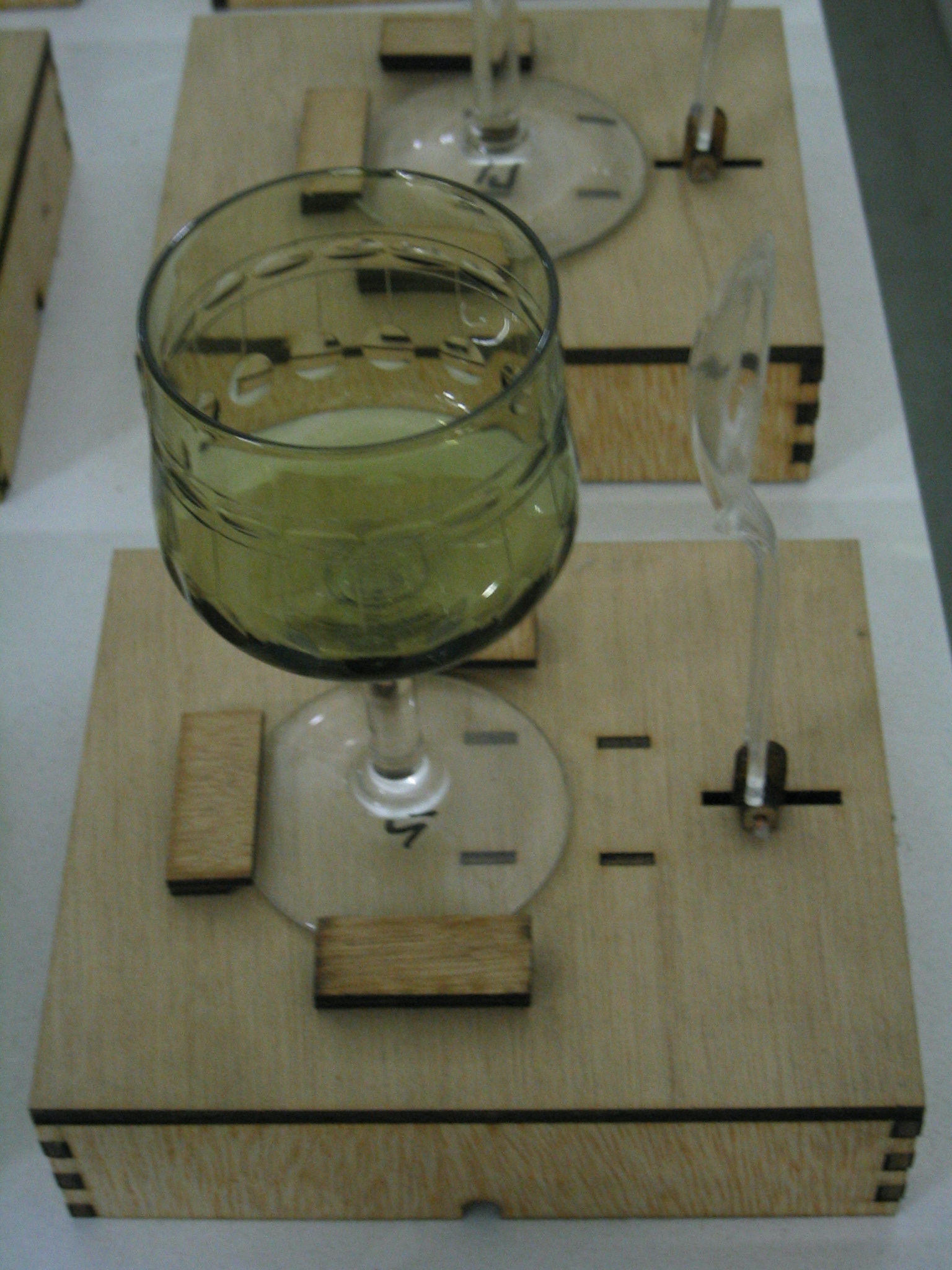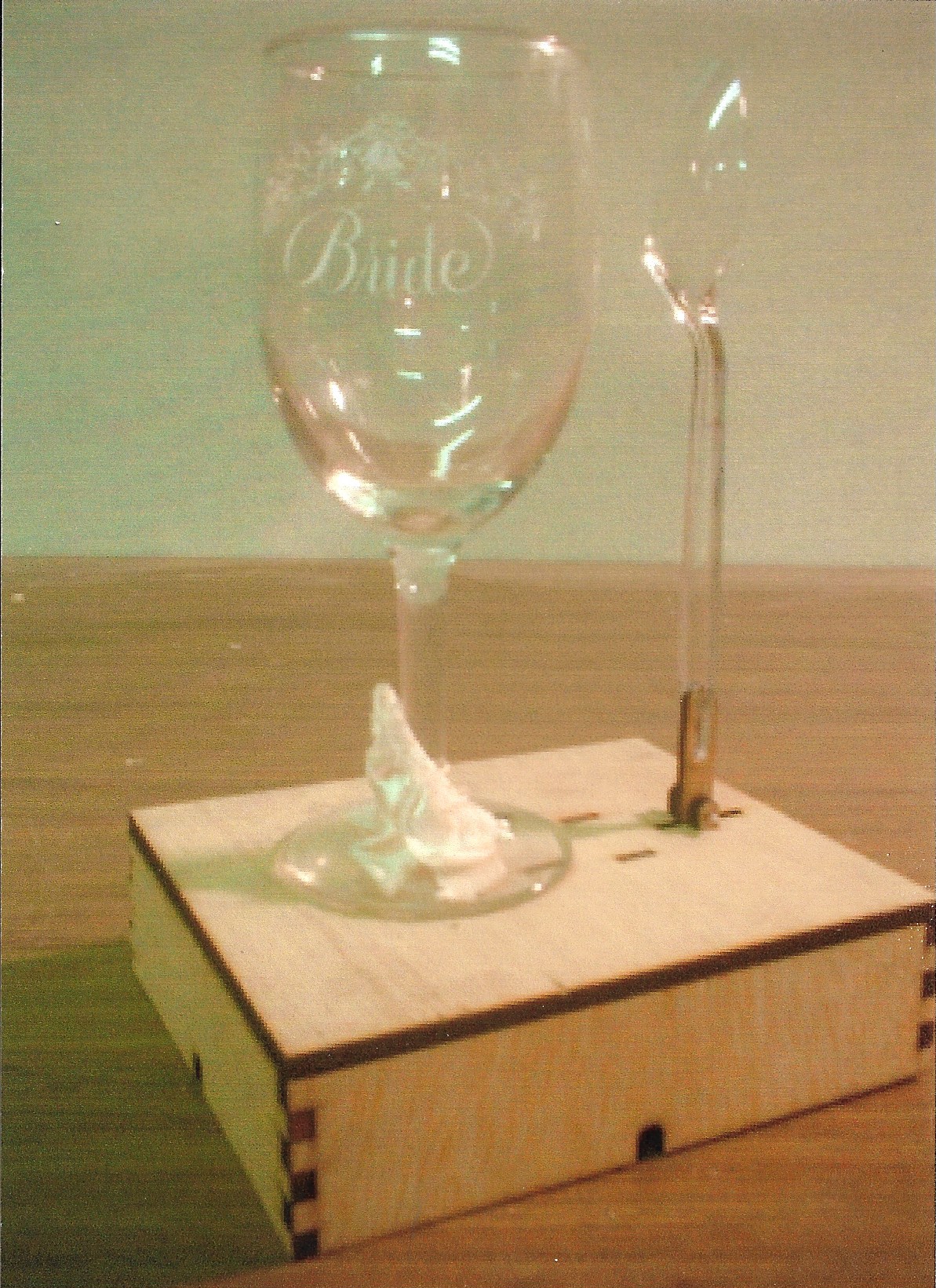Art Projects
Houseboat Installation
An art installation that for a group show in Tarrytown, NY.
- Mixed media
- Cut on CNC
- Modular construction
- House Dims: 12'Lx6'Wx7'H
- Overall Dims: 16'Lx10'Wx10'H
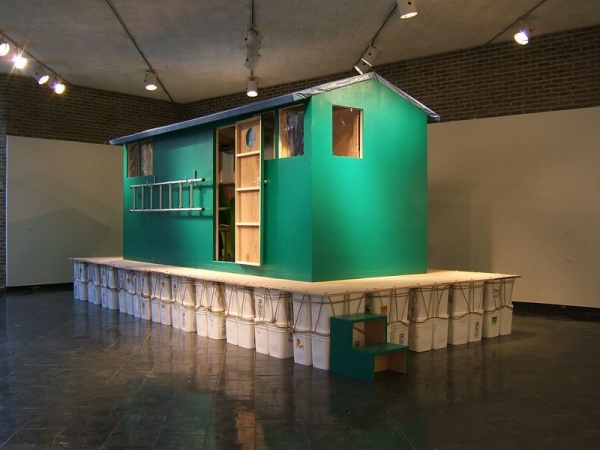
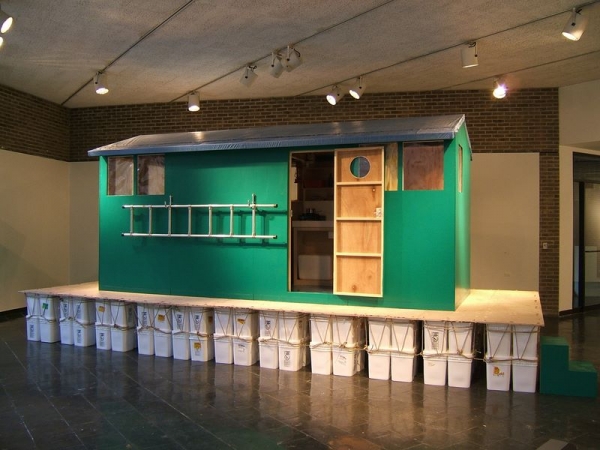
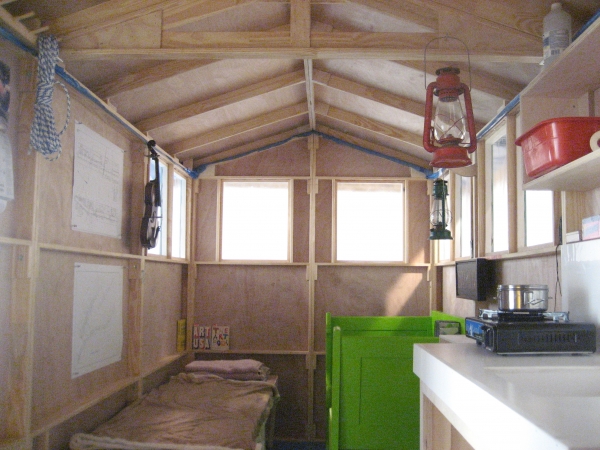
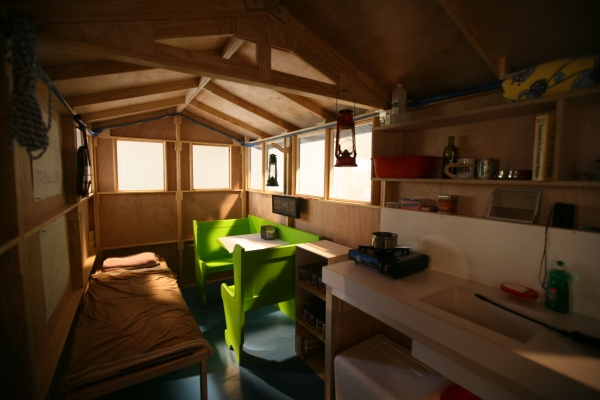
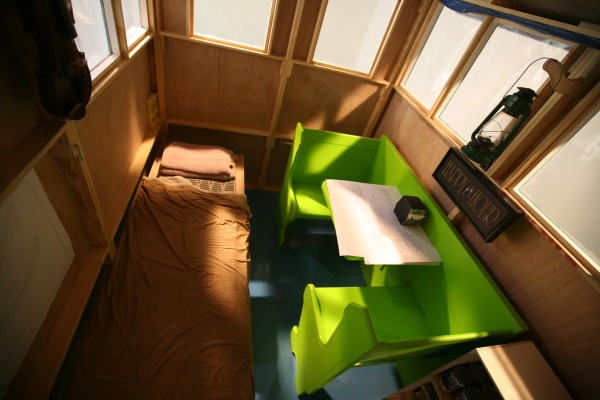
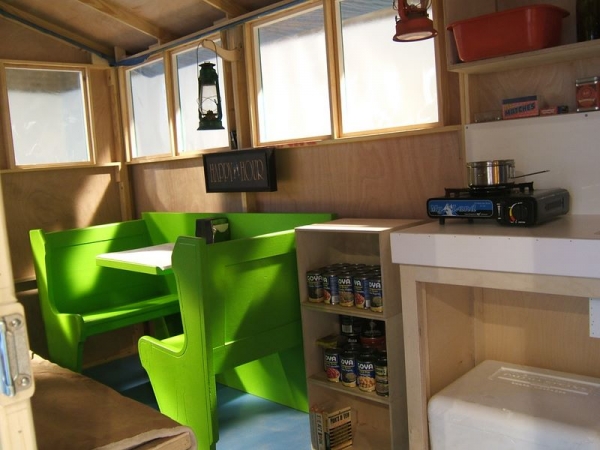
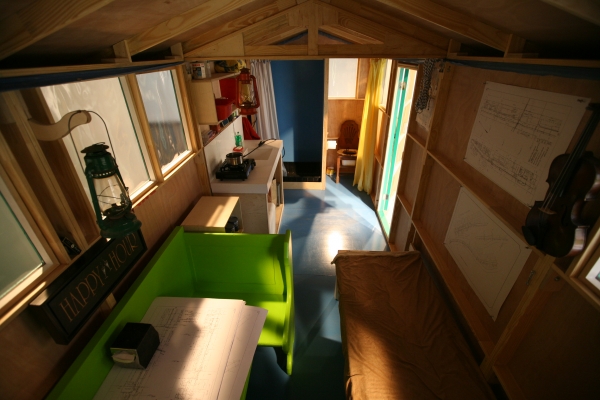
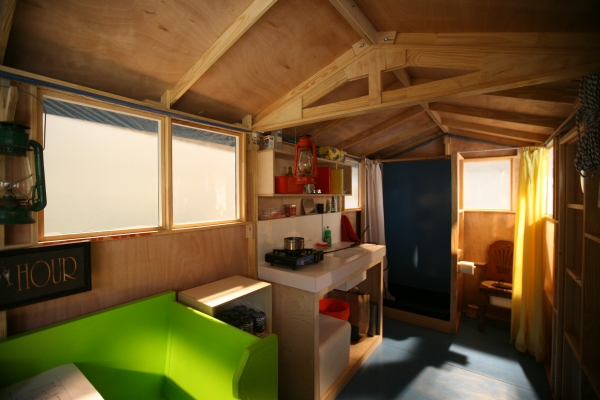
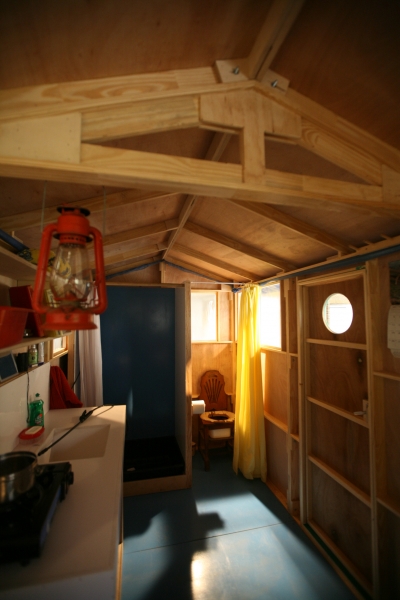
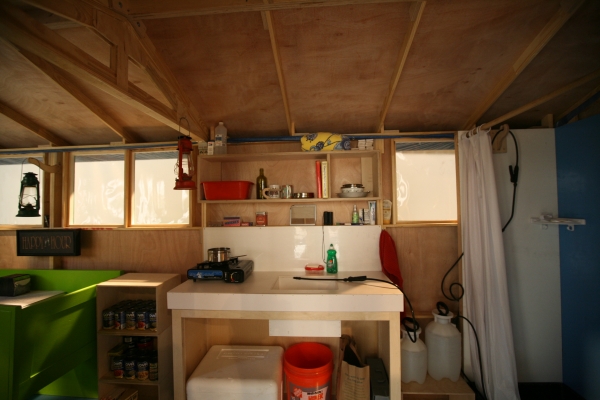
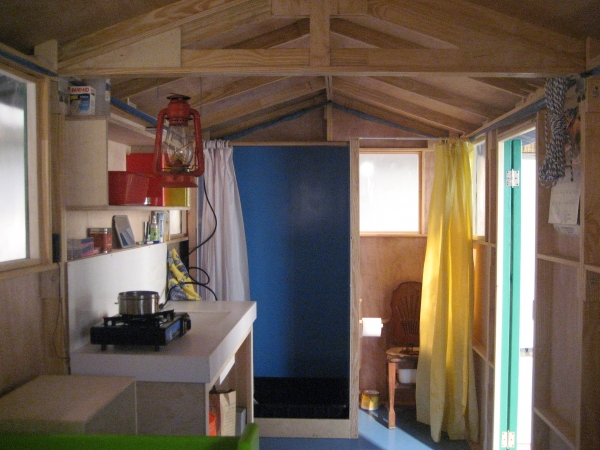
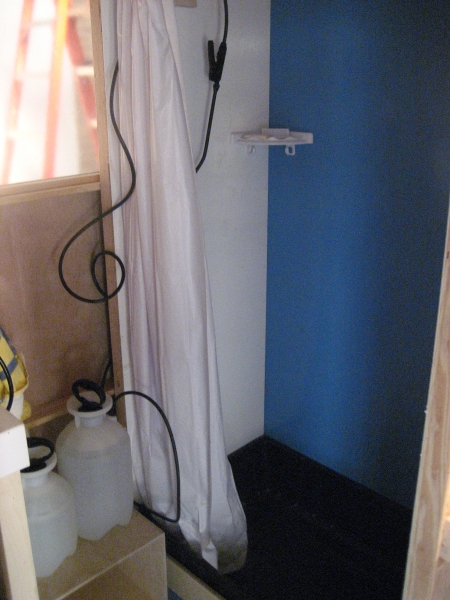
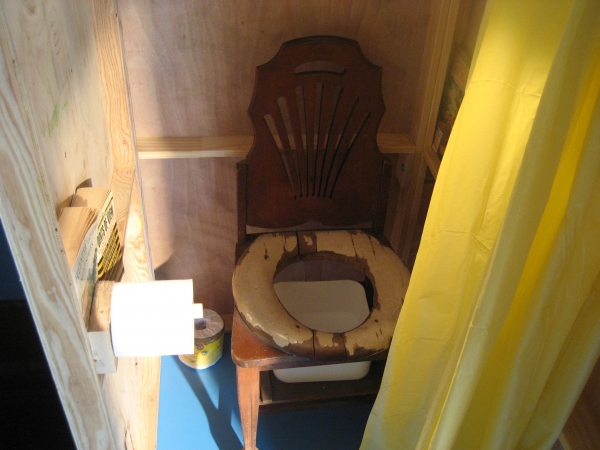
Coaster
This was made from a pile of large, hardwood pallets.
The cart, wheels and chocks were bolted to the track to prevent injury. The cart was made of oak beams and had to be assembled in place, piece by piece, on top of the rail-trestle structure.
The theoretical user – after climbing into the cart and becoming locked inside – had two choices: They could pull the chock on the ramp side and risk the unknown in order to either gain freedom by smashing the cart upon impact and crawling from the wreckage, or die trying. Alternatively, the user could pull the other wheel chock and take the safe path, but ultimately remain stuck or imprisoned forever on the trestle. Super deep stuff.
- Modular construction
- Materials: Hardwood pallets, steel
- Trestles rock
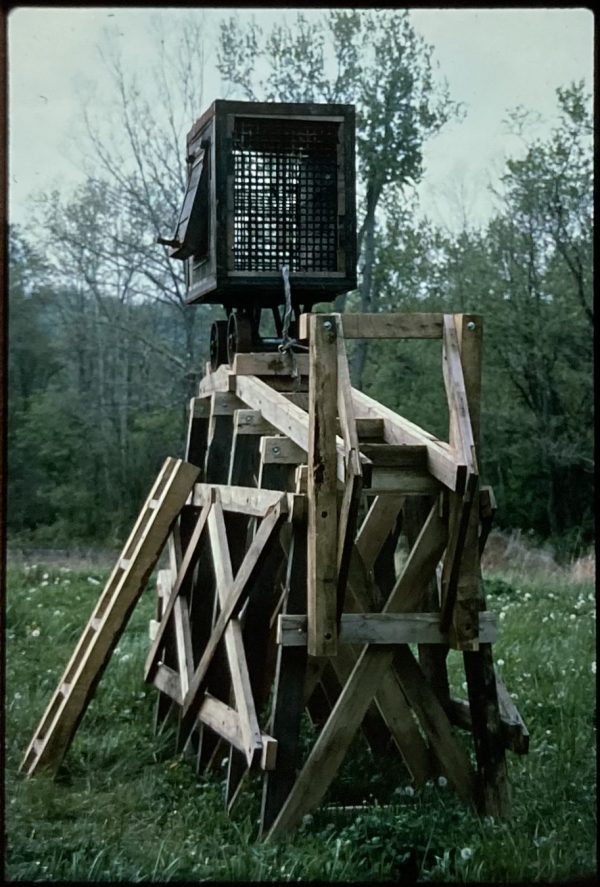
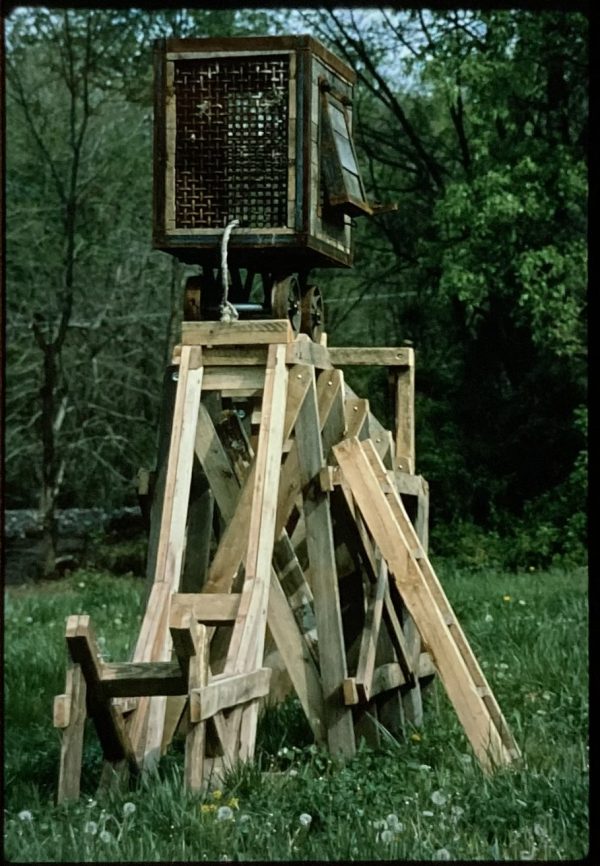
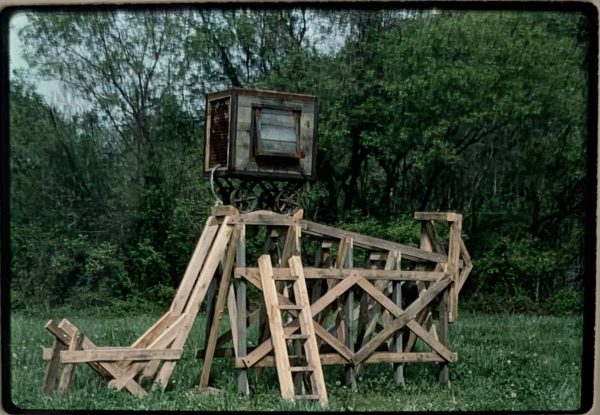
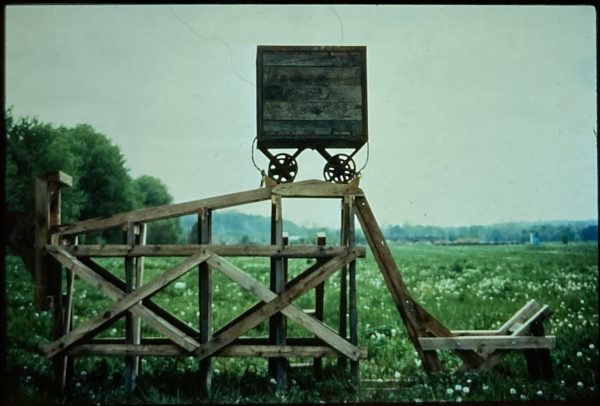
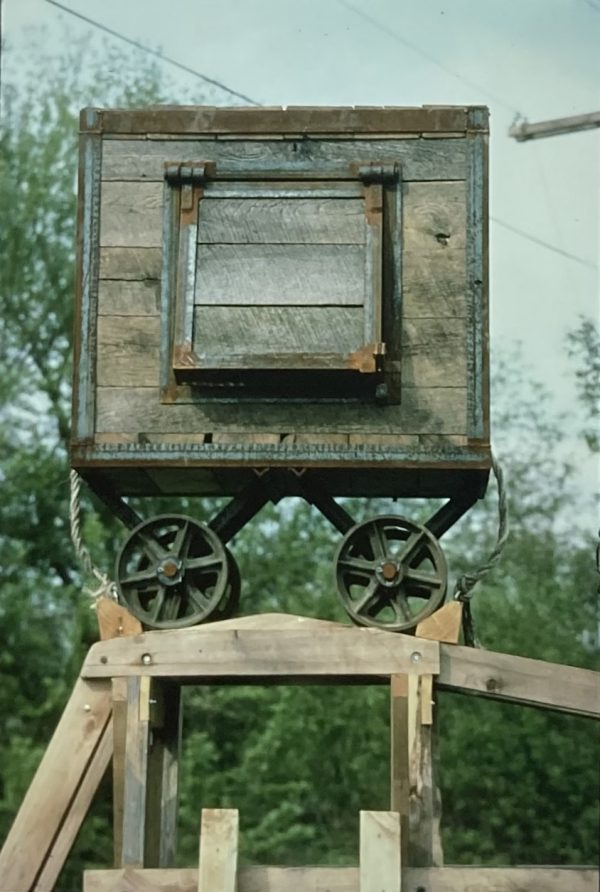

Closet Art Installation
When I was little, I used to root through my brothers’ bedroom closet to find items that they had outgrown, like baseball gloves and shoes. The closet held the hand-me-downs of my 3 brothers, who were all much older than me, and who each inherited the bedroom from the previous brother, adding to the collection of items in the closet.
This installation is inspired by that closet, with some influence from The Lion, The Witch and The Wardrobe.
The viewers walk into a narrow corridor with a small closet door at the end. Upon entering the closet, the viewers find themselves in an exact replica of the previous hallway that is 80% smaller than the previous one, ending in an even smaller closet. This continues a number of times until the viewer cant physically enter the last doorway, but children can.
(More images on the way…)
- Modular construction
- Materials: Wood, sheetrock, tile
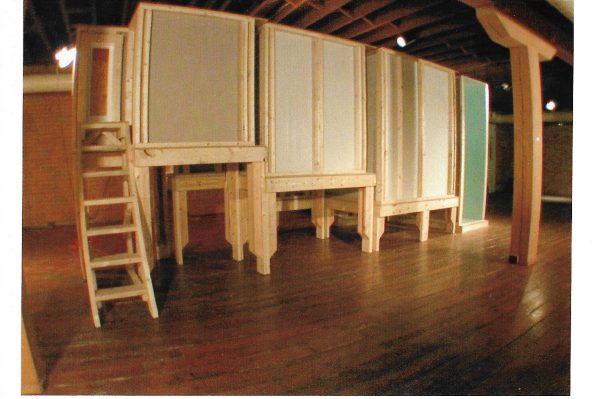
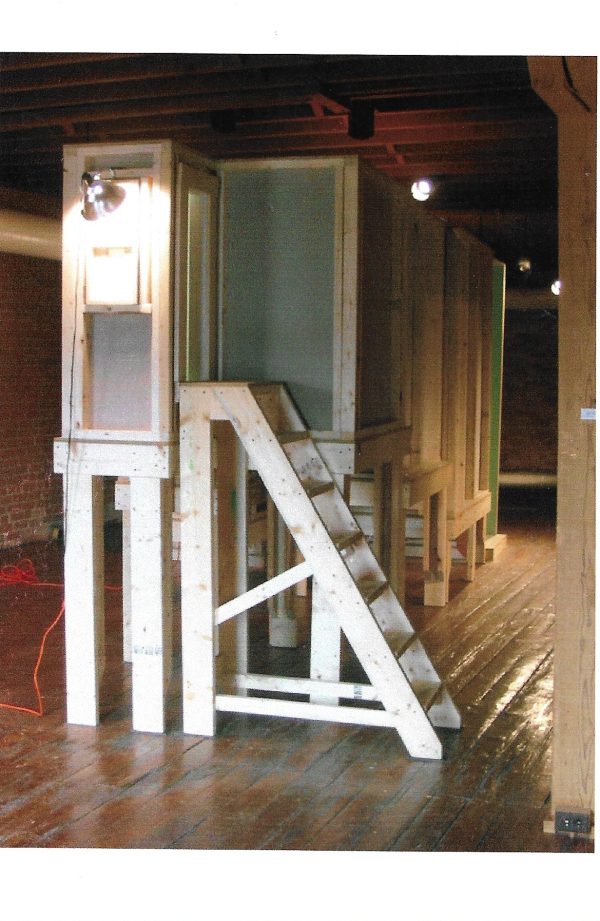
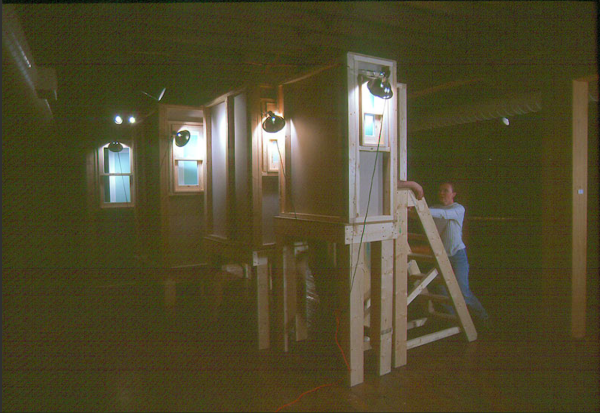
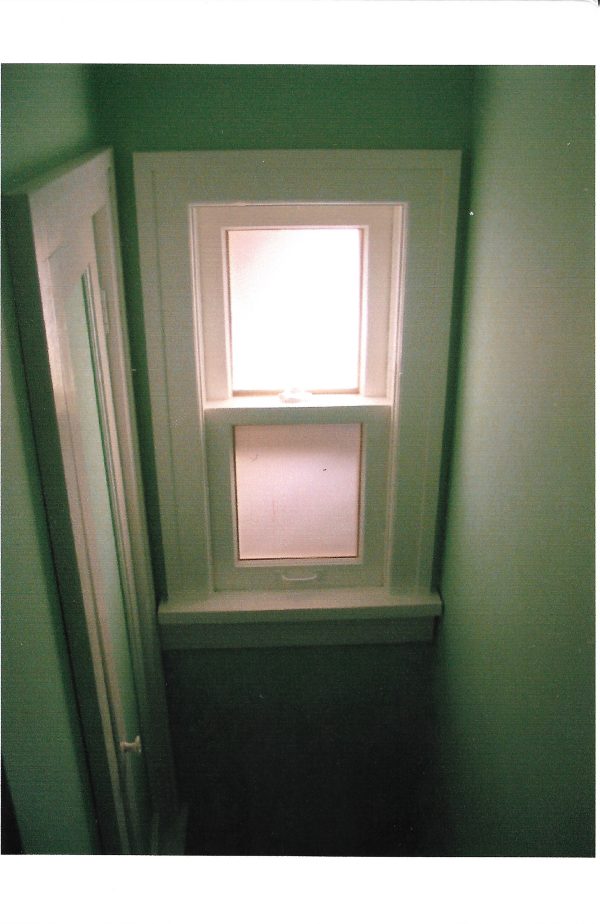
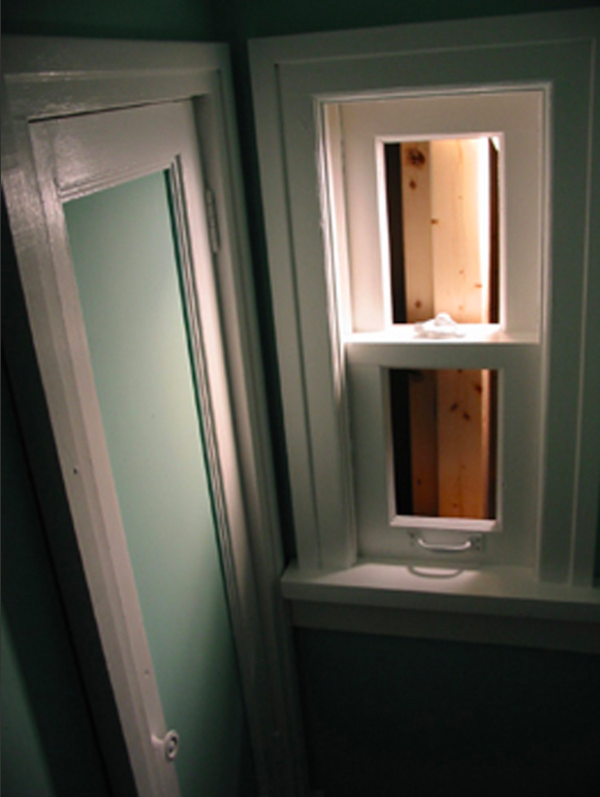
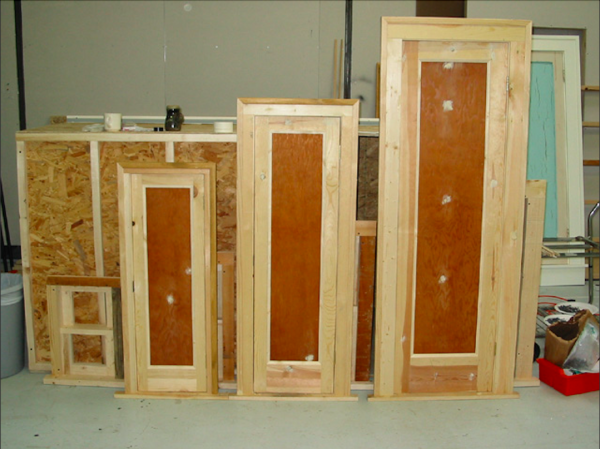
Hot Dog Stand
An “automated” hot dog stand where the customers and workers had no interaction. An automated message greeted the customer and the customer ordered through a speaker/mic interface after pushing a button. The customer could see hands preparing a hot dog through a grainy 4″ black and white screen while they waited, but it was never clear if this was live or prerecorded footage.
The exterior of the hot dog stand was an uninviting black cube, and the customer was never sure if the hot dog that they received through the automated drawer would be what they actually ordered.
The mechanical drawer was inspired by drawers at drive through banks.
- Materials: Wood, MDF panels, electronics and mechanized components
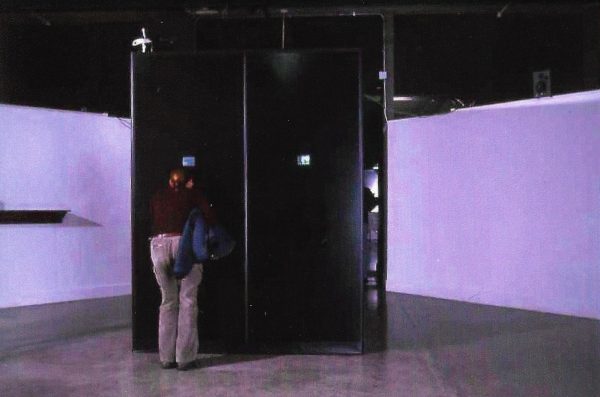
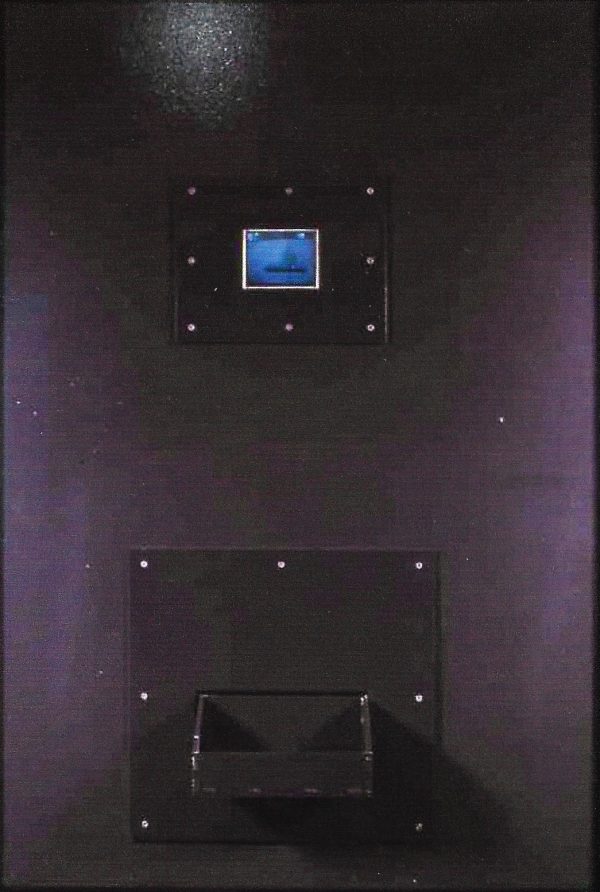
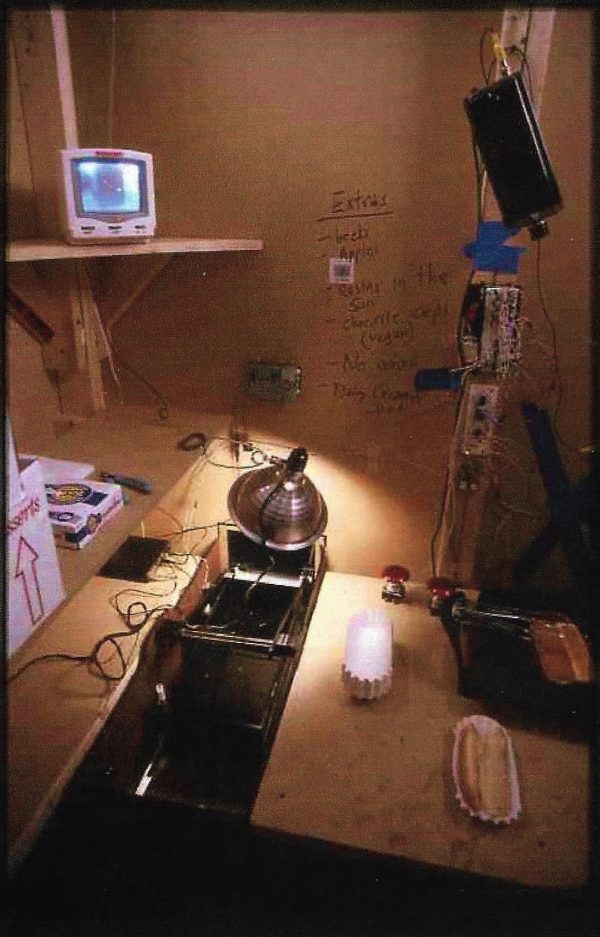
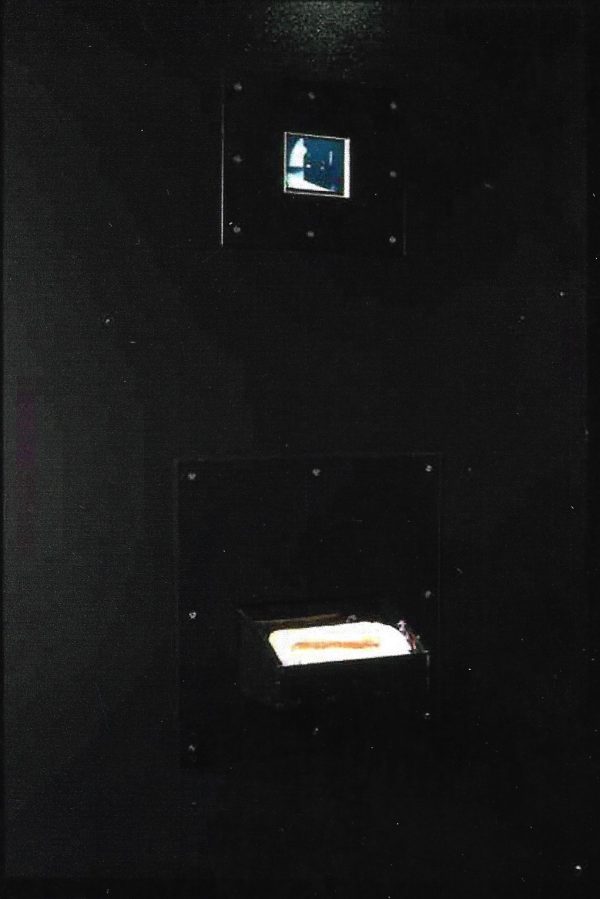

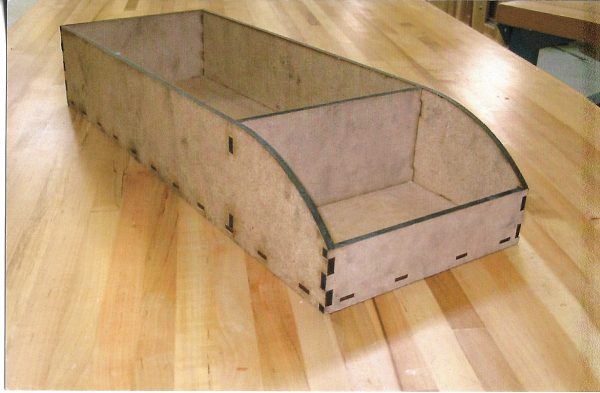
Tower Refuge
This is favorite project from my undergrad years.
While making this, I had access to a 1-ton dump truck through my job at the time, which enabled me to assemble the tower on its side at the site and stand it up using the dump truck and a tow rope. .
This piece had a ladder (not shown) that enabled a person to climb up into the tower through a hole in the underside. On the inside (not pictured), there was a wraparound bench that the person could attempt to sit on in order to take refuge from their daily concerns, or whatever. But one couldn’t get too comfortable due to the bench being sloped downward back towards the entry hole at a relatively steep angle, like a hopper, and would eventually dump the person back out if they became too relaxed.
- Materials: Found lumber, scrap steel
- 16' high
- Modular construction
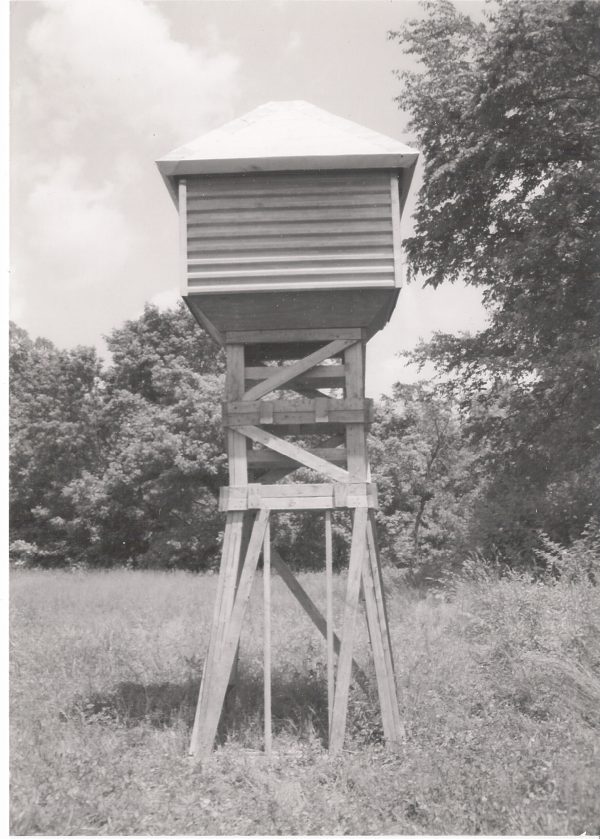
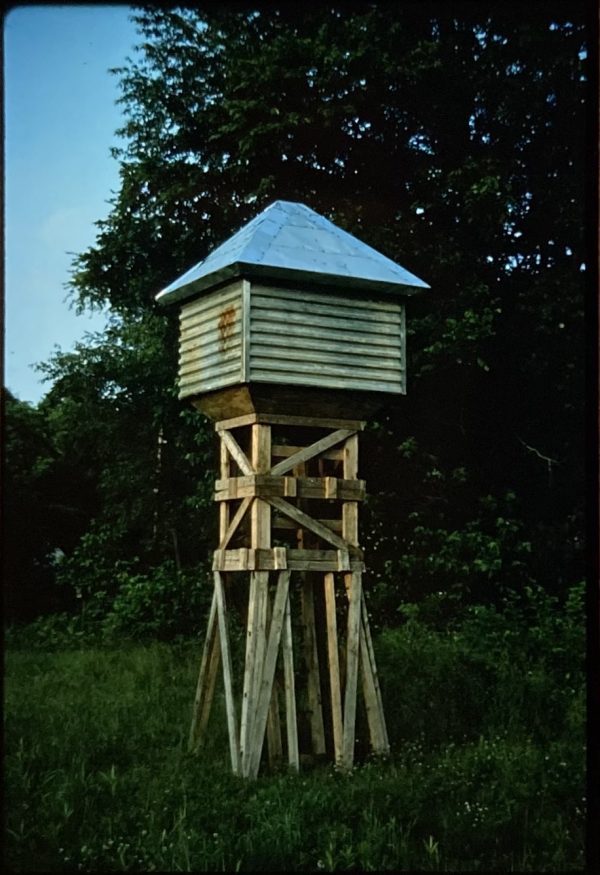
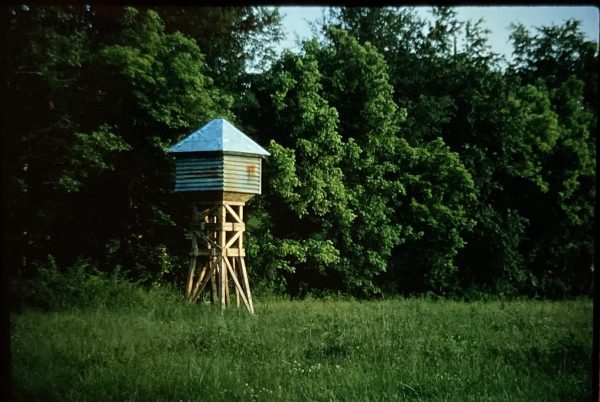
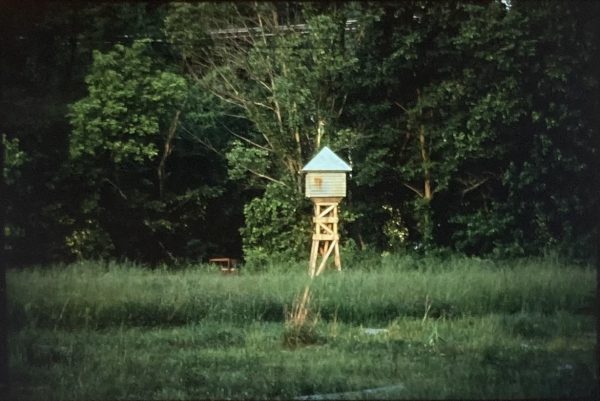
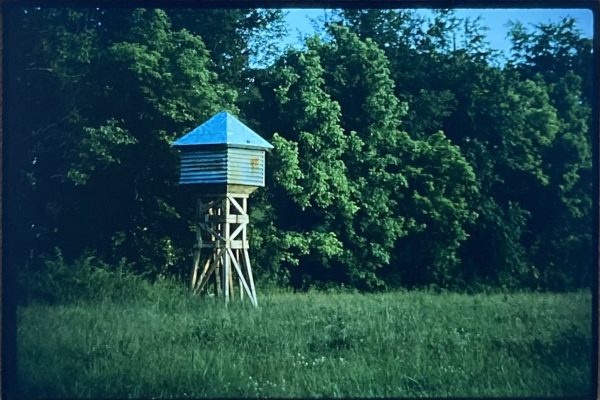
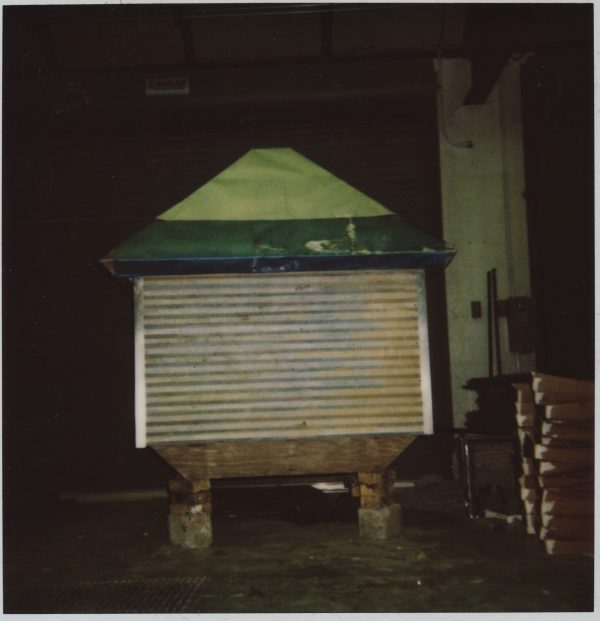
Sanctuaries and Arks
These are some oldies from my 20s, when I was exploring some art ideas related to Old Testament-themed constructions. Most of these items were made using repurposed antique doors and architectural components.
I was living in a college town full of old rental houses, which were always being renovated. There were often plenty of free architectural castoffs being tossed out on trash day. Repurposing old doors for art projects taught me quite a bit about their construction. All of the wooden sculptural items that I made were held together with pegs and wood glue, because I was really into that style of woodworking at the time.
- Repurposed doors, lumber, furniture
- Steel
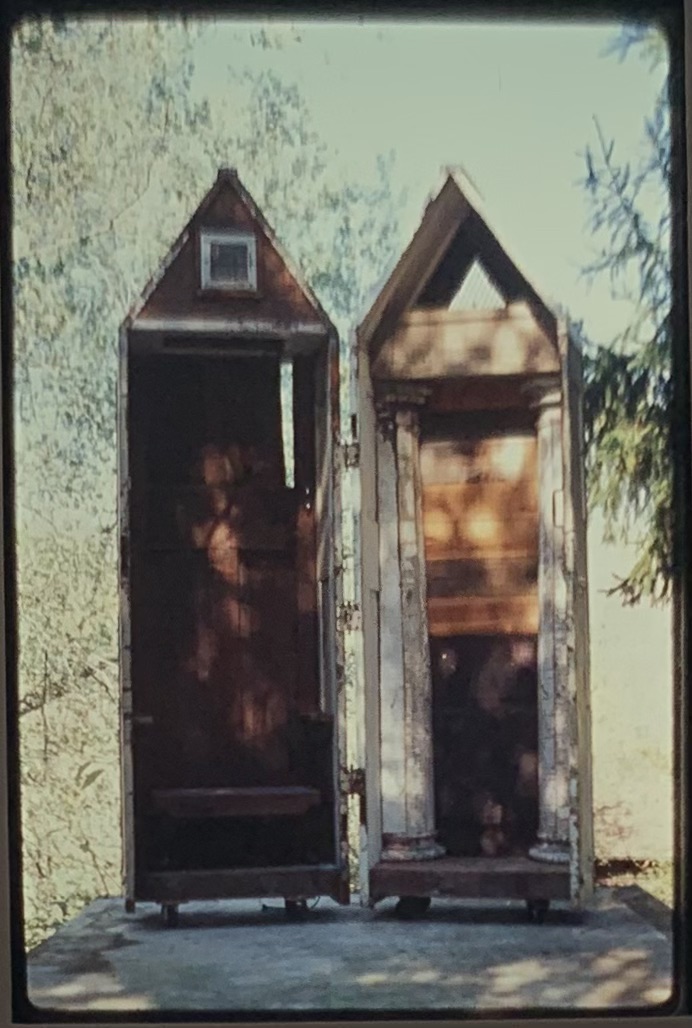
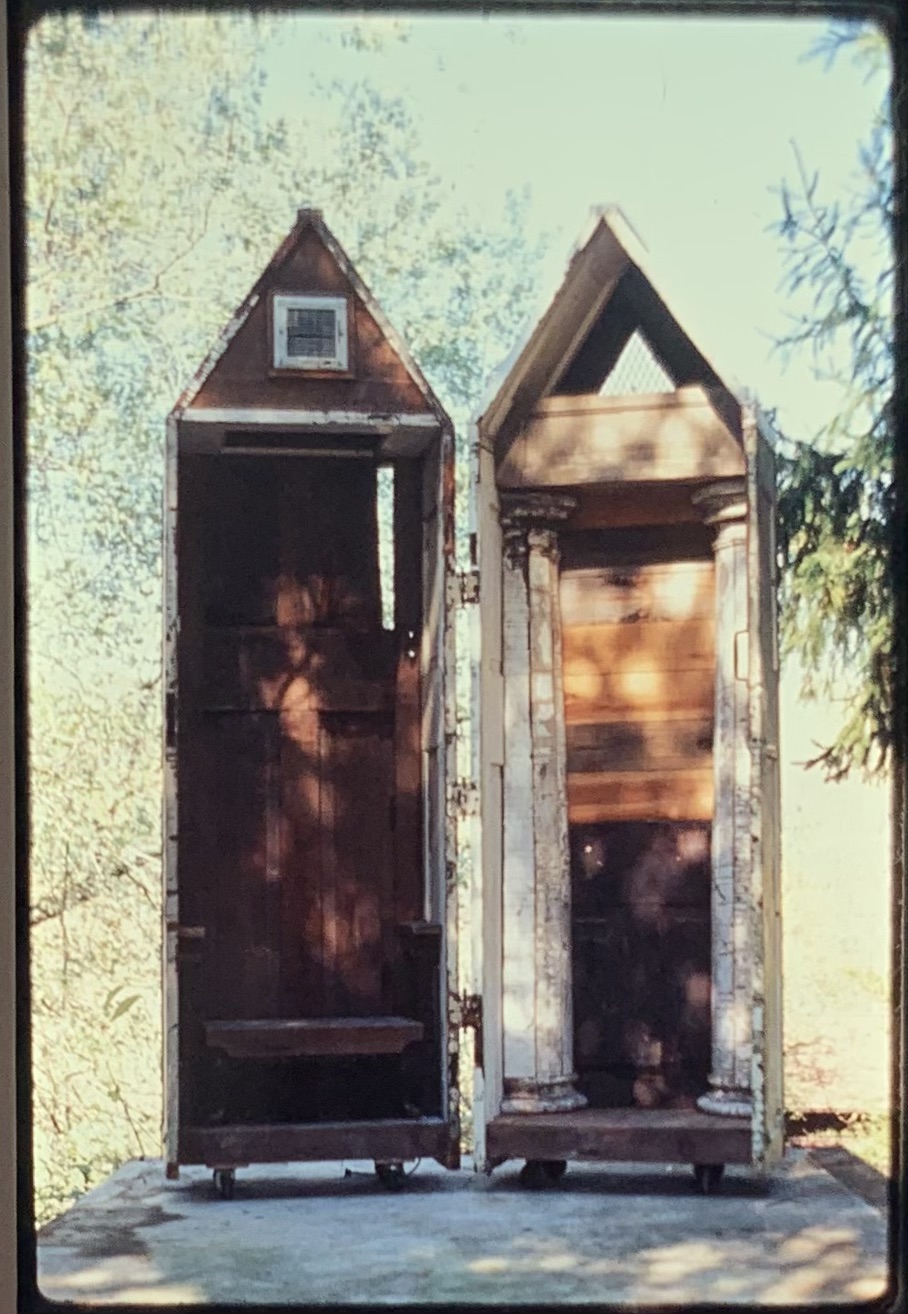
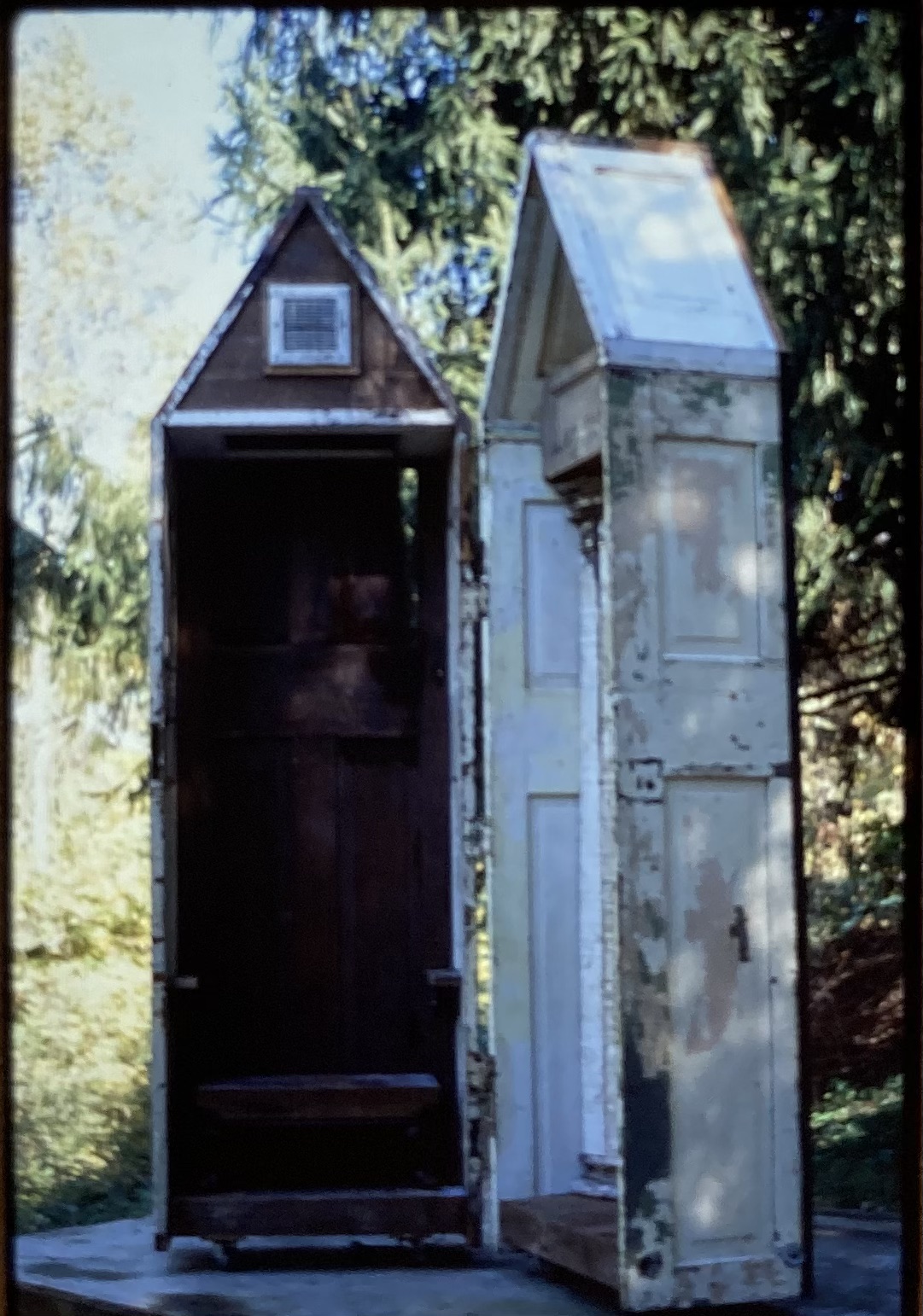
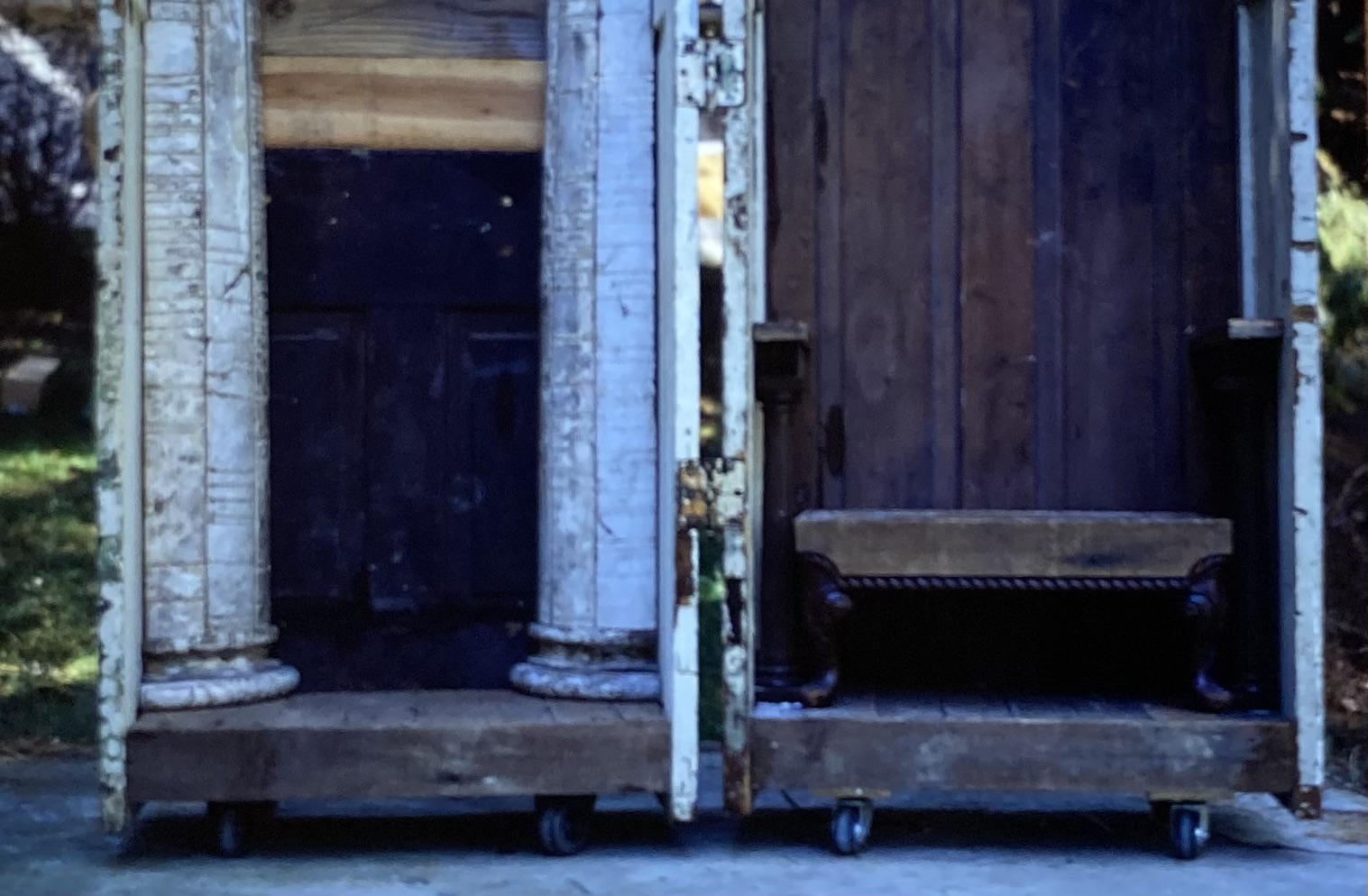
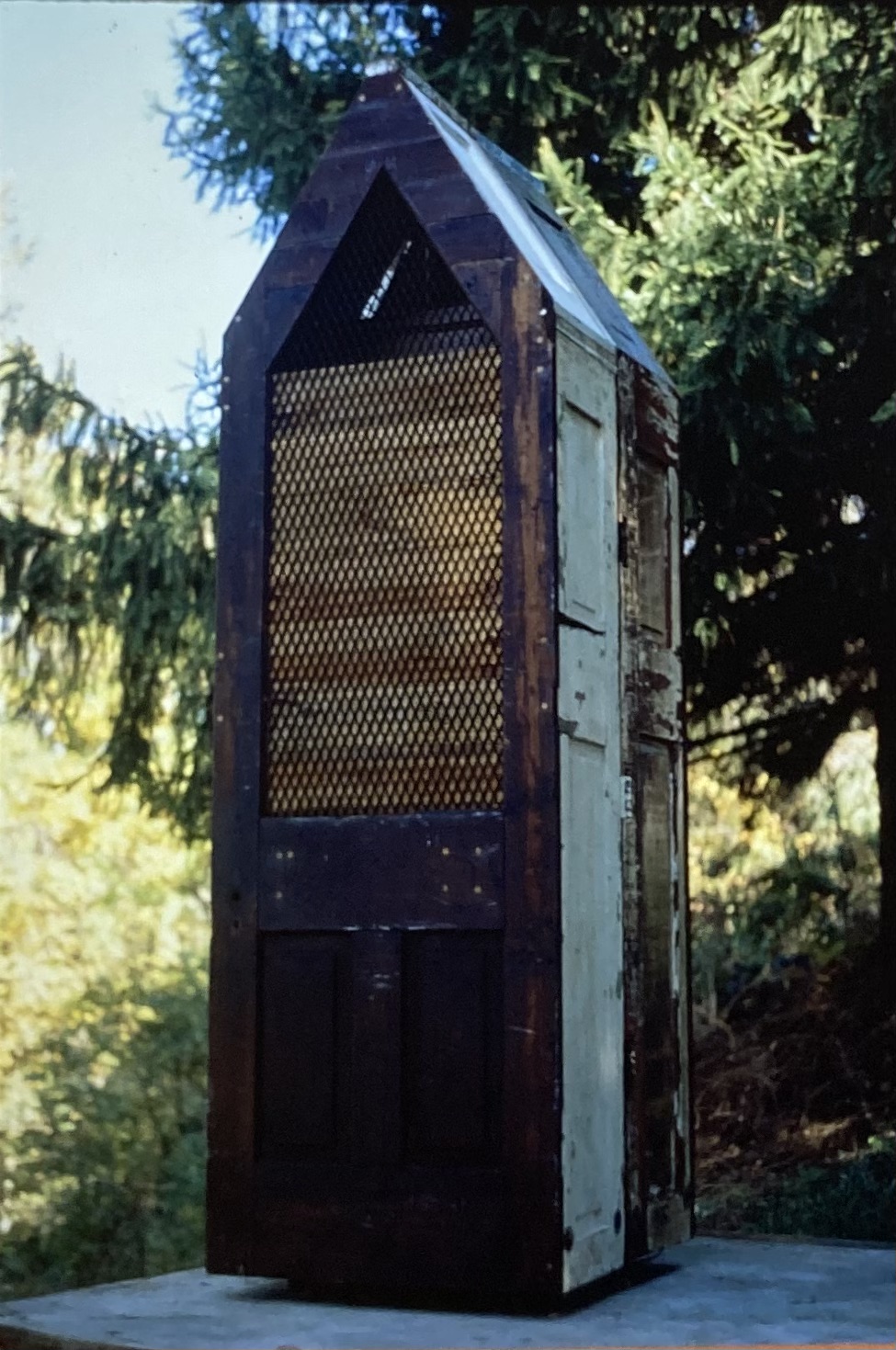
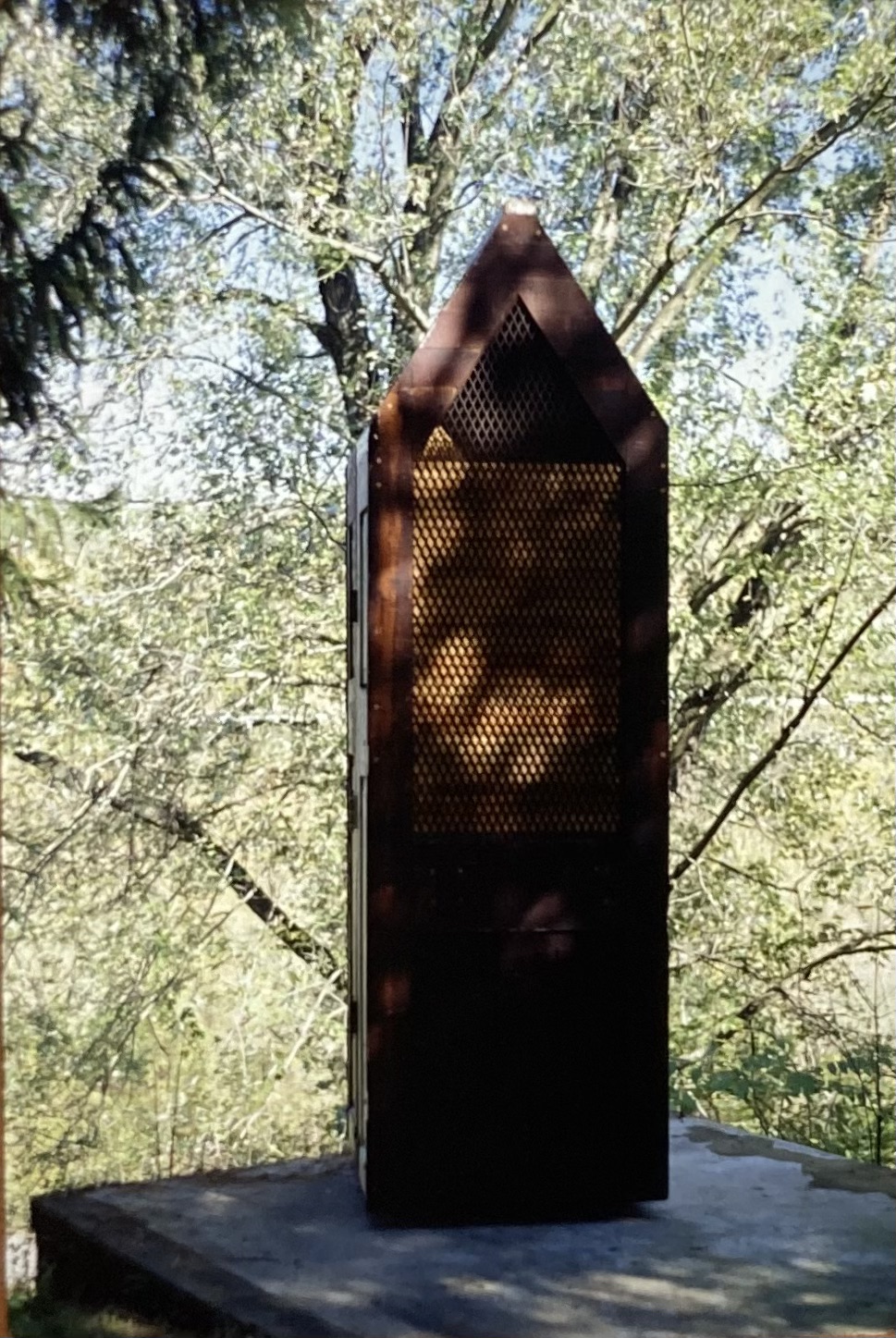
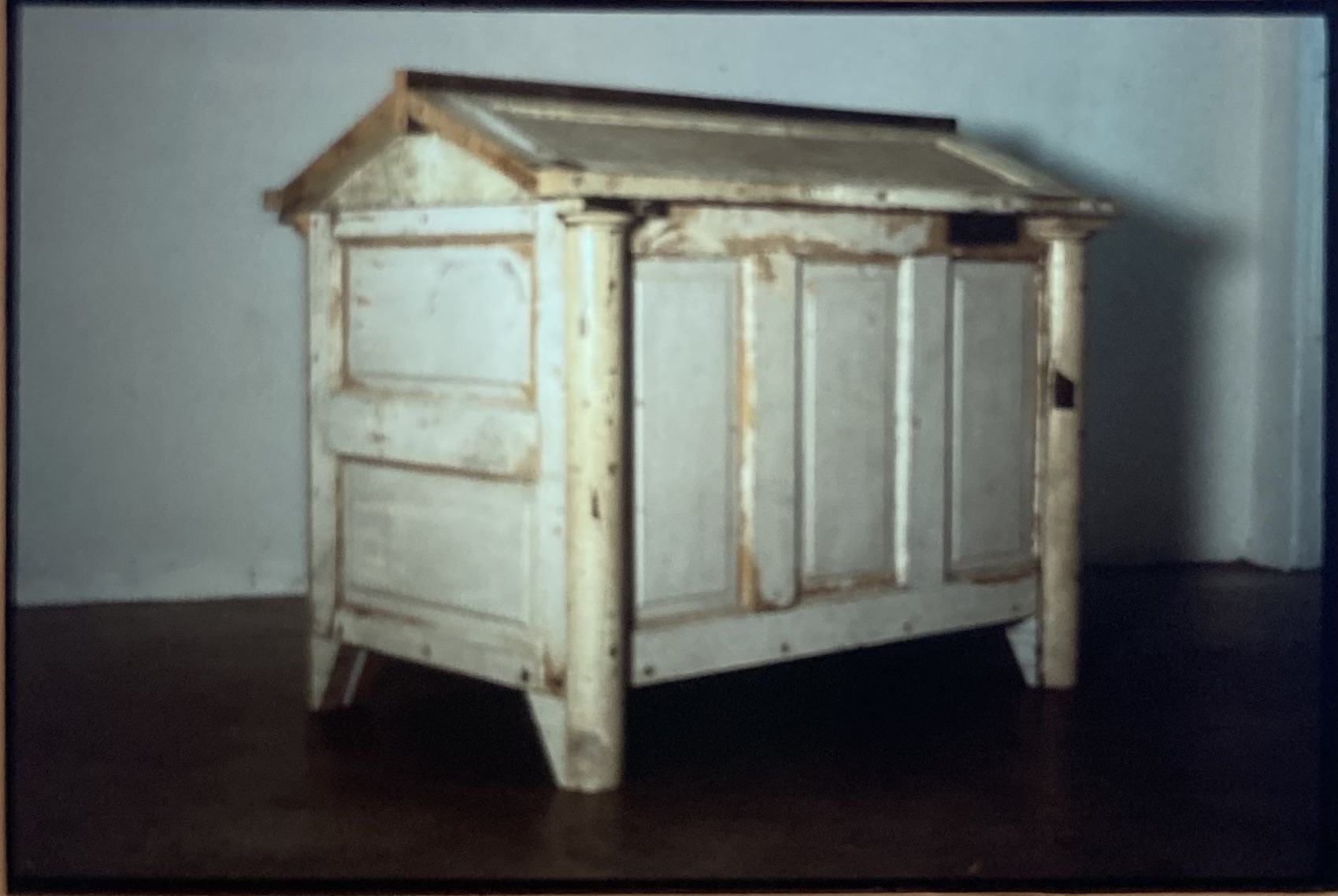
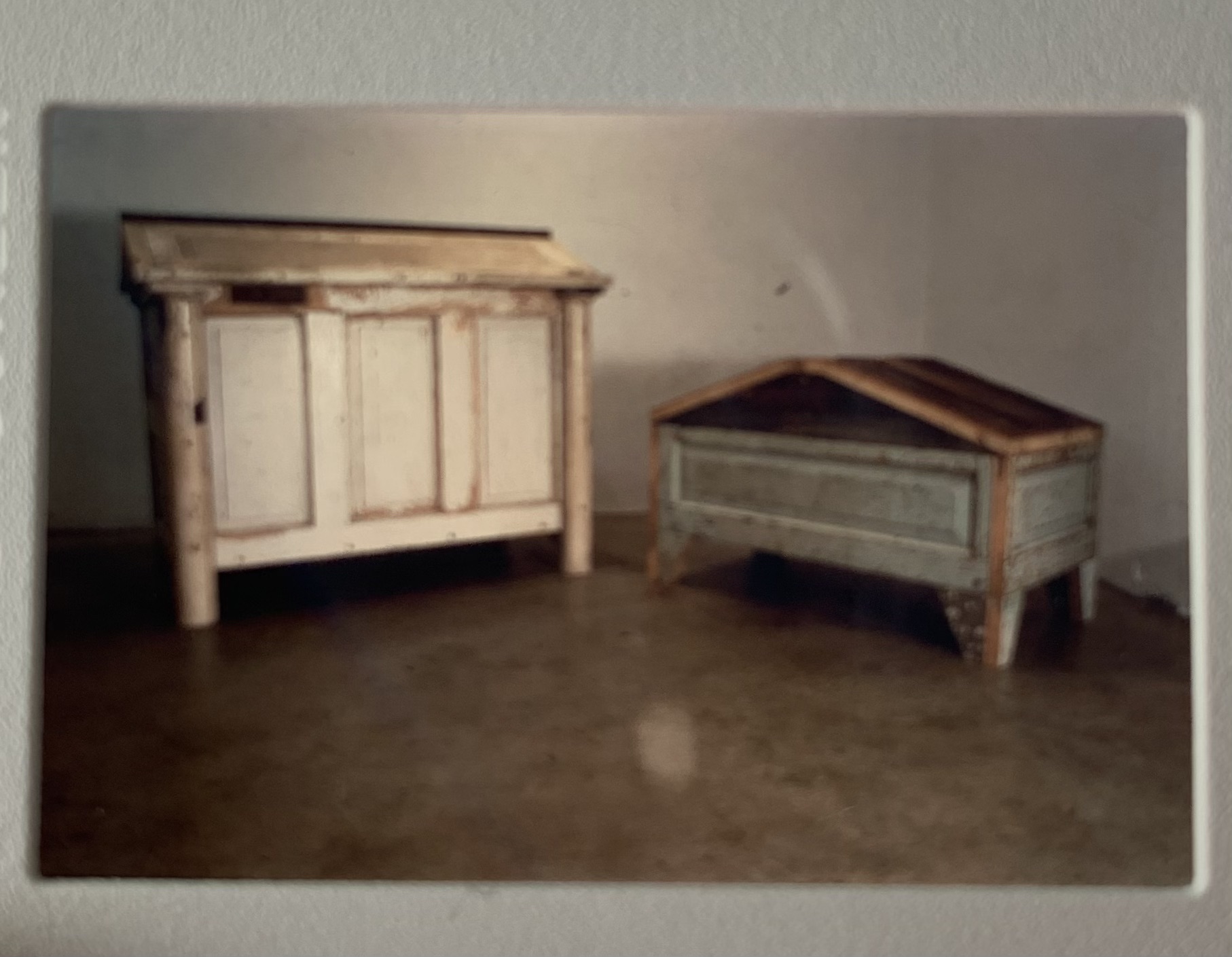
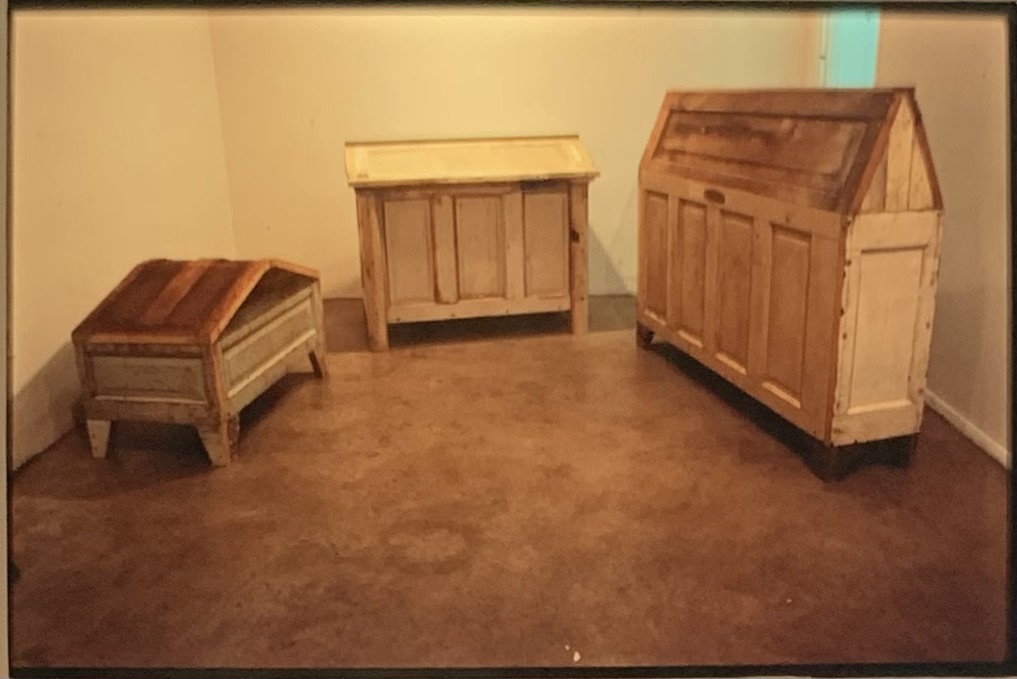
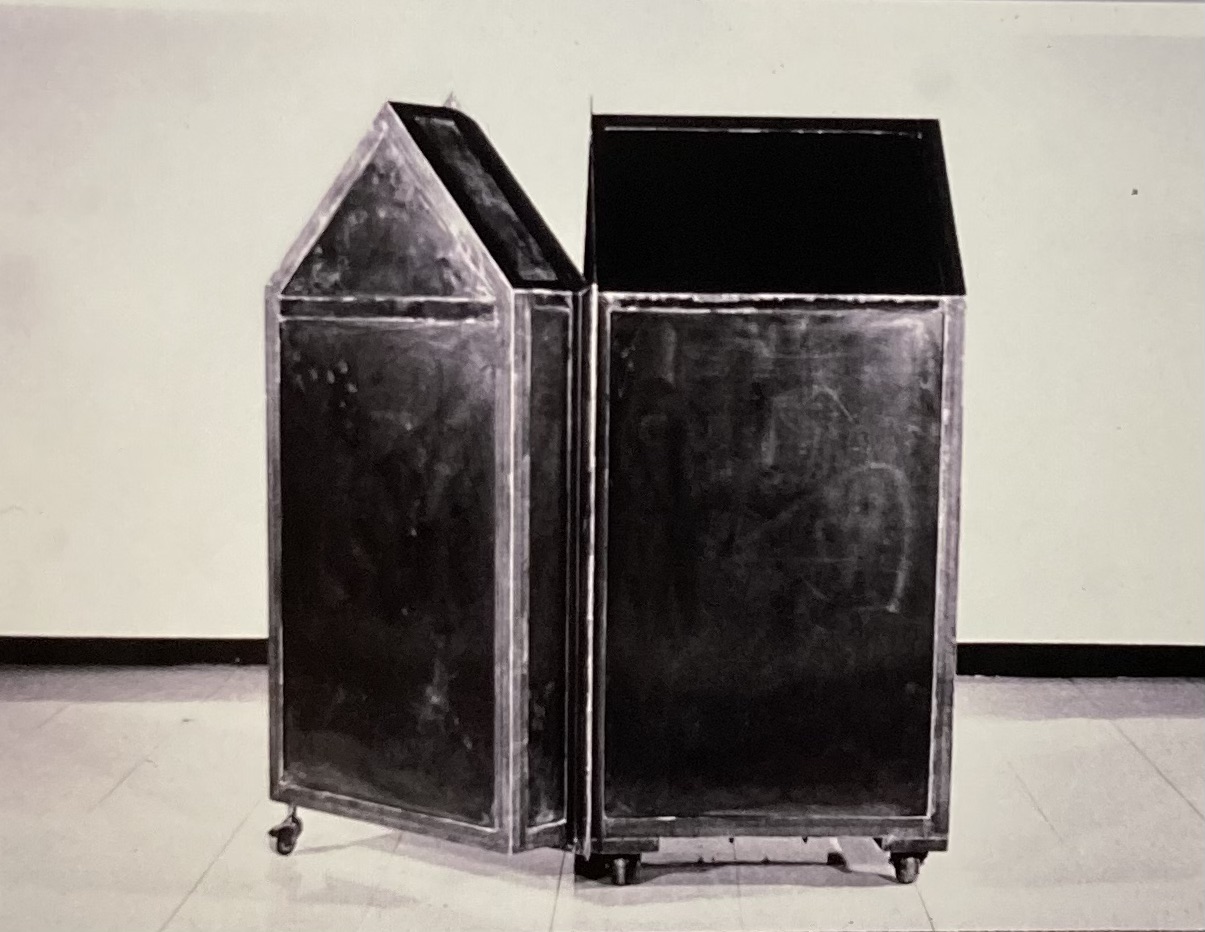
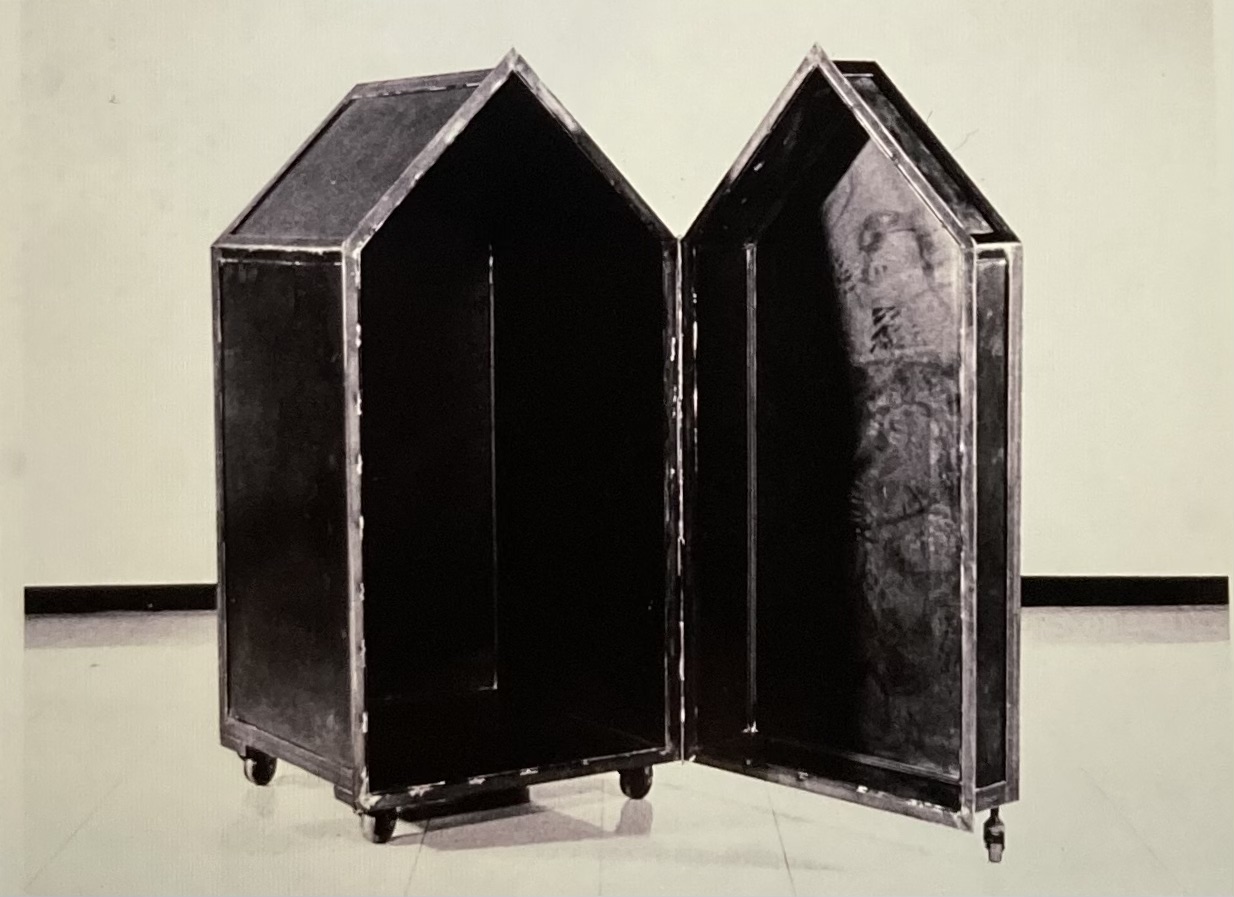
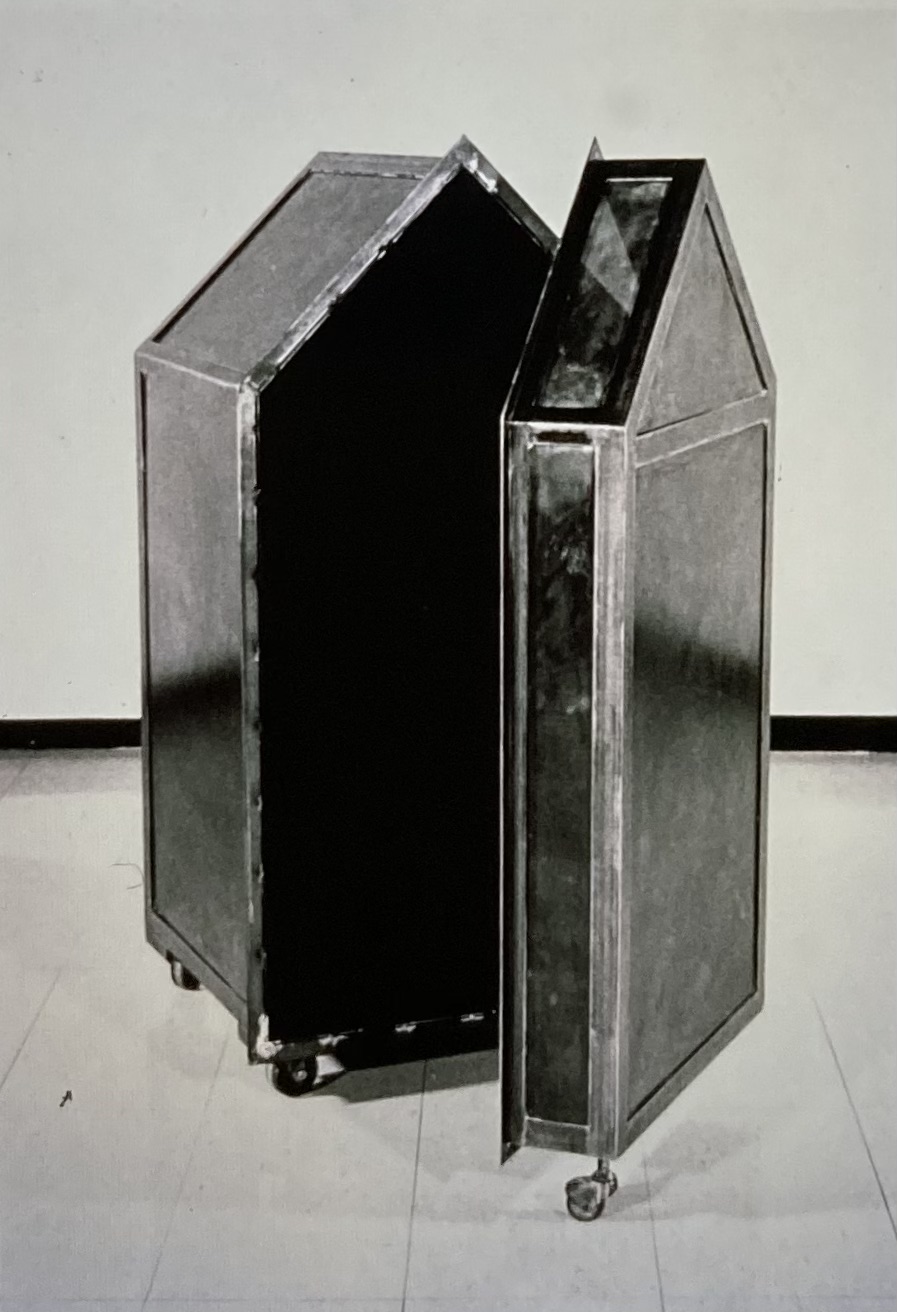
Heliophilic Wine Glass Bells
My first project in grad school consisted of a series of thrift store wine glasses and goblets that were chosen based on the tone that they made when knocked with a spoon. They were situated in front of a window and programmed to play minor tones while it was dreary and cloudy out, but would play happy, major tones whenever the sun came out on a cloudy day (midwestern winters are brutal). It was a cool experiment that used around 24-30 glasses and electronic knocker mechanisms.
The electronic component consisted of a push solenoid that was controlled by a small circuit with a microprocessor. The circuit used a light sensor that, when the sun was bright enough, would play the major key solenoids and glasses, but when it was cloudy would play the minor solenoids and glasses. The solenoids were attached to a linkage connected to a plastic spoon that would knock the glass. The wooden components were cut out on a laser engraver.
Being new to electronics and programming, I fried quite a few $5 microprocessors and circuits, along with breaking a surprising amount of glasses with with plastic spoons.
- Wine glasses
- Plywood
- Spoons
- Electronics
